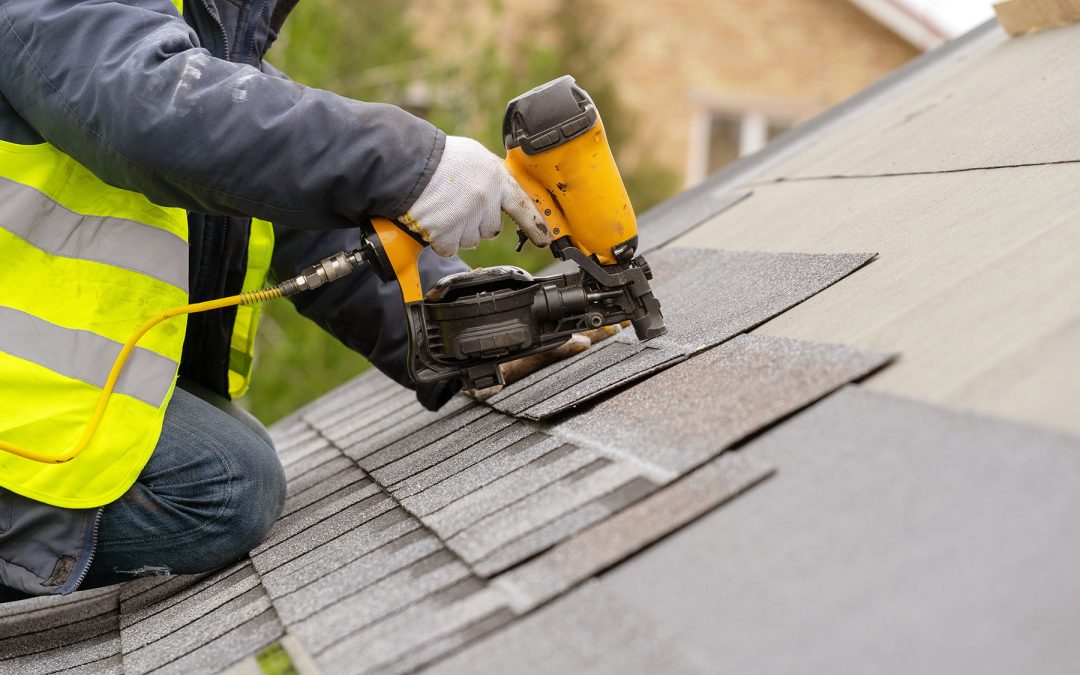A well-maintained roof is essential for protecting a home from the elements, ensuring safety, and preserving structural integrity. However, various factors can contribute to roof damage over time. From natural wear and tear to extreme weather conditions, several issues may require prompt repairs to prevent further deterioration.
Understanding these common causes of roof damage can help homeowners take proactive steps in maintaining their roofs and avoiding costly replacements.
Below are the list of causes:
1. Weather Damage
Severe weather conditions can significantly impact the integrity of a roof. Heavy rain, snow, or hail can create leaks or cracks, allowing water to seep into the structure. Additionally, strong winds have the potential to lift or completely remove shingles, exposing the underlying materials to further damage. Over time, repeated exposure to extreme weather can weaken the roof, making timely repairs essential.
2. Aging Roof
As roofs age, their materials gradually deteriorate, leading to issues such as leaks, cracks, or missing shingles. The lifespan of a roof depends on the type of material used. For example, asphalt shingles typically last between 20 to 30 years, whereas metal and tile roofs have a longer lifespan. Regular inspections and maintenance can help extend the life of a roof and prevent costly repairs.
3. Poor Installation
A poorly installed roof can lead to premature failure and various structural problems. If shingles, flashing, or underlayment are not properly placed, they may not provide adequate protection against the elements. Additionally, inadequate ventilation can trap moisture, leading to mold growth and material deterioration. Ensuring that a roof is installed correctly by experienced professionals can help avoid these issues.
4. Leaks & Water Damage
Water damage is a common problem that can result from leaks in the roof. Clogged gutters, for instance, can cause water to back up and seep under shingles, leading to rot and mold growth. Similarly, damaged flashing around chimneys, vents, or skylights can create entry points for water. Regular cleaning and inspection of gutters, as well as proper sealing of vulnerable areas, are essential in preventing leaks.
5. Moss, Mold, or Algae Growth
Excess moisture on a roof can promote the growth of moss, mold, or algae. These organisms can weaken roofing materials, leading to premature wear and potential leaks. If left unchecked, mold growth inside the home can also indicate a leaking roof, posing health risks to residents. Proper roof cleaning and maintenance can help mitigate these issues and preserve the roof’s structural integrity.
6. Structural Issues
A sagging roof is often a sign of underlying structural problems, such as rotting wood or foundation issues. Heavy snow or ice accumulation can place additional stress on the roof, potentially causing it to bow or collapse. Addressing these structural concerns early can prevent more extensive and costly repairs in the future. Reinforcing weak areas and ensuring proper weight distribution can help maintain the roof’s stability.
7. Pests & Animals
Animals and insects can also cause significant damage to a roof. Birds, squirrels, or raccoons may attempt to create nests by tearing apart roofing materials, while insects like termites or carpenter ants can weaken the wooden structure. Regular inspections can help identify signs of pest activity, allowing homeowners to take preventive measures before the damage becomes severe.
Conclusion
Roof maintenance is crucial for ensuring the safety and longevity of a home. Recognizing the common causes of roof damage—such as weather conditions, aging, poor installation, leaks, structural issues, and pests—can help homeowners take timely action to prevent major problems. Regular inspections, proper installation, and routine upkeep can extend a roof’s lifespan and save homeowners from costly repairs. By addressing issues early, homeowners can protect their investment and maintain a secure and reliable roof over their heads.

